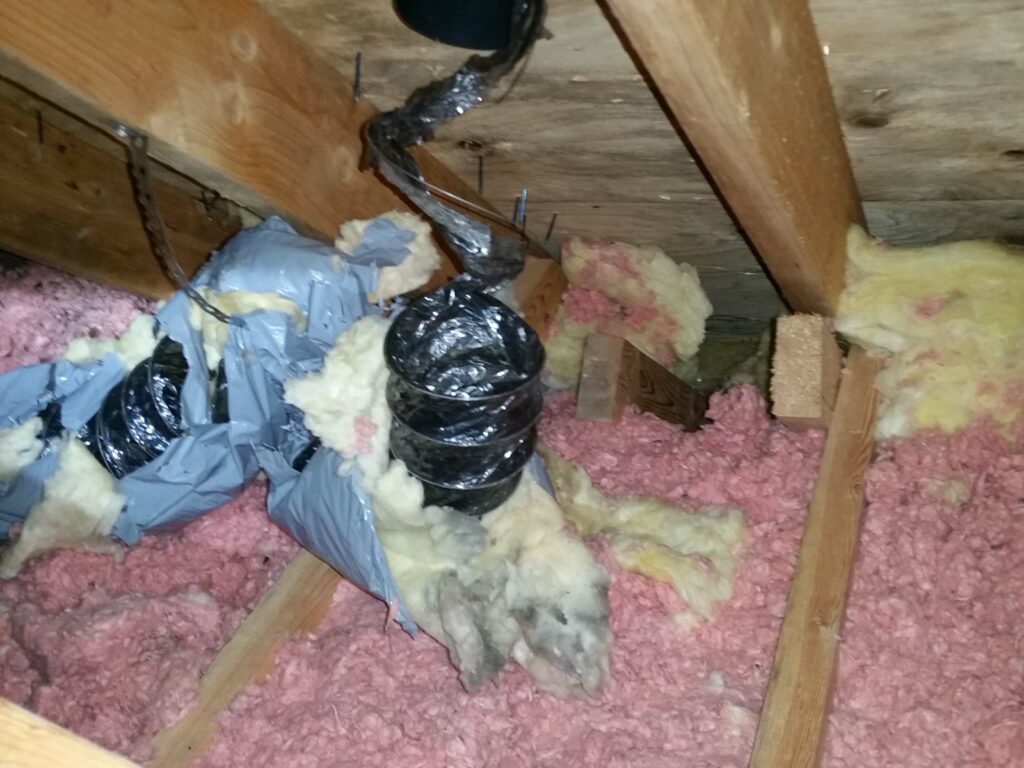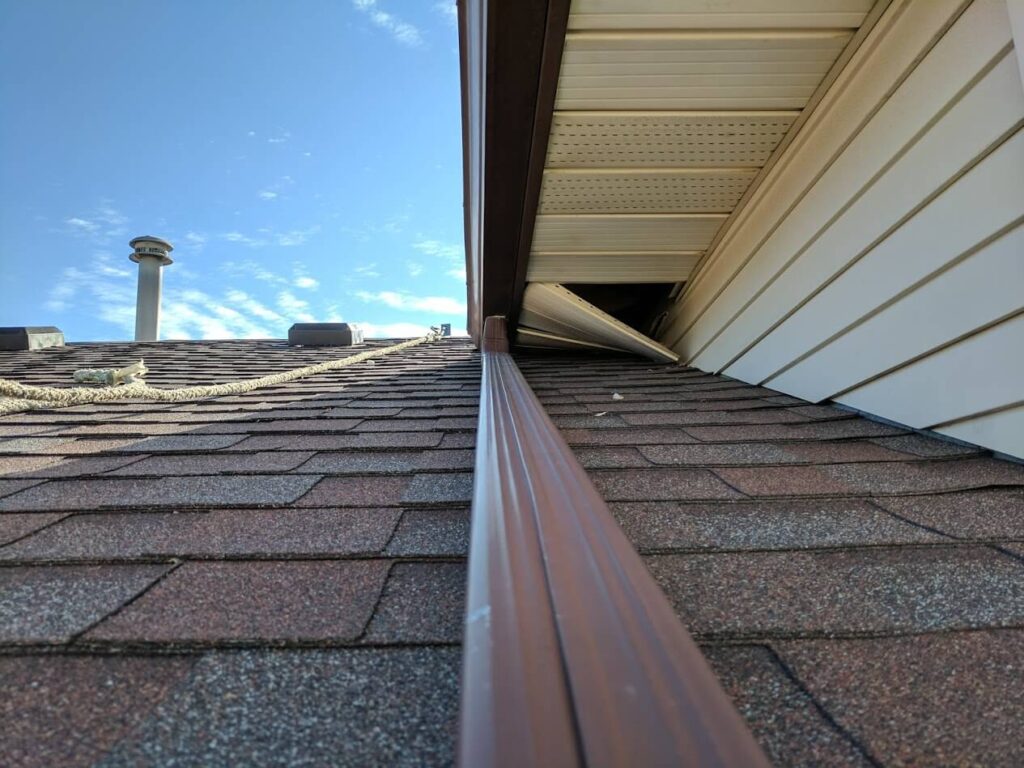Raccoon removal services are often needed during the fall and winter months as they seek comfort and safety in the attic spaces of homes. Raccoons often set up their den in an attic space as they are comfortable spaces that provide safety from predators and the cold. When you find that a raccoon is living in your home, it’s time to call in the experts.
Living in Your Attic
When colder weather arrives, raccoons will try to find a warm place to create their den. When living in the wild, raccoons will use hollow trees as their living quarters. However, raccoons have adapted well to life in cities because of an abundance of food sources and reliable shelter. During winter, when winter temperatures drop, raccoons are better able to survive inside warm houses as compared to trees. Fall is a busy time of year for raccoons as all the babies born during spring have grown up and are now in search of their own den sites.
Attics can be accessed by raccoons after they climb trees or downspouts in order to reach the roofline of your home. They then enter attics through openings that create through rotted wood, vents and weak soffits. During the winter months, raccoons will go into a state known as torpor. This is a time when the raccoon will sleep for an extended period and reduce the amount of energy needed to stay alive. The body temperature of the raccoon will lower significantly and insulin levels will be more controlled so the blood sugar of the raccoon stays even.
Raccoons will sleep for longer periods of time and when living in your home, this means you may not know they are in the attic until they are awakened by a predator or occasionally leave the attic to forage for food.
Raccoons mate in January through March and babies arrive a couple months later. That’s when the noises and activity inside the attic become really intense. A litter from a raccoon can consist of two to six babies and the attic den the mother created will keep the little ones safe. Babies can damage the attic space and make it even more difficult for the raccoons to be removed from your home.
Raccoons can be dangerous as they are defensive when they feel threatened and they can carry disease. It is important to leave any removal of such creatures to the experts. Professionals who handle raccoon removal know just what to do to see the creatures leave your home as well as search for any babies that might be present. Babies will need to be carefully removed and reunited with the mother outside of your home.
After all the raccoons are removed from the attic, the entry points need to be closed off. This way, the raccoons cannot come back inside your home. Preventative maintenance is a key component to avoiding the same instance taking place again.
At Skedaddle Humane Wildlife Control, we can assist in providing you with quality removal service options when raccoons are inside your home. Contact our office immediately for more information. We are happy to provide you with removal so you can get on with your normal activities, free of raccoons!




